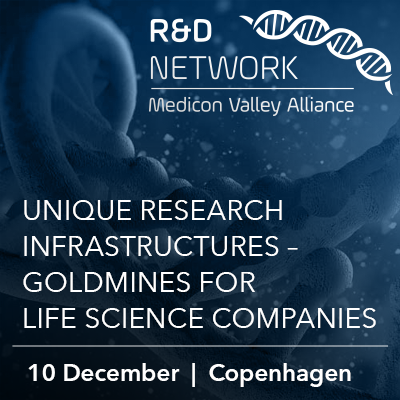
About HALRIC
About HALRIC
Hanseatic Life Science Research Infrastructure Consortium (HALRIC)
Looking to fast-track your research or product development? Then you might want to connect with HALRIC in the Öresund-Kattegat-Skagerrak (ÖKS)-Hamburg Region!
We aim to be a springboard for innovation capacity in the Life Science sector via increased access to and use of cross-border front-end technologies, instruments, expertise, and data handling solutions. This includes large-scale infrastructures, such as MAX IV, ESS, DESY and European XFEL, as well as cutting-edge complementary infrastructures at the Universities and Hospitals in the ÖKS-Hamburg Region.
Through pilot projects HALRIC is facilitating collaboration between academia, hospitals, SMEs as well as larger biotech and pharma companies and we call for more research project proposals for the use of one or more Research Infrastructures in the HALRIC consortium. HALRIC’s Hanseatic Science Cloud is also working on prototype models for handling the huge amounts of electronic data generated by the Research Infrastructures in collaborative projects.
The 21 partners in our EU-Interreg ÖKS supported project want to open the door to new techniques and methologies that help solve research questions, and we also work to strengthen the Life Science ecosystems and strategic dialogues between the four countries in the project (Denmark, Germany, Norway, Sweden).
PILOT PROJECTS
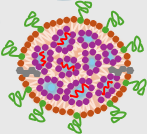
Understanding how different particle populations in lipid nanoparticles work for better mRNA delivery
During the COVID-19 pandemic, mRNA vaccines, which use lipid nanoparticles (LNPs) to deliver their instructions to cells, saved millions of lives. These LNPs are made up of...
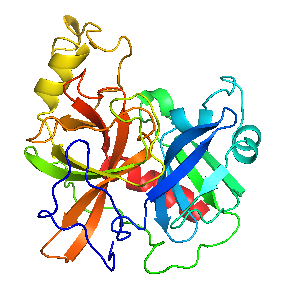
Structural studies of zonulin and its potential role in celiac disease and as biomarker in IBD
Haptoglobin (HP) is a protein mostly made in the liver that binds to free hemoglobin (the part of red blood cells that carries oxygen). When HP binds to hemoglobin, it helps...
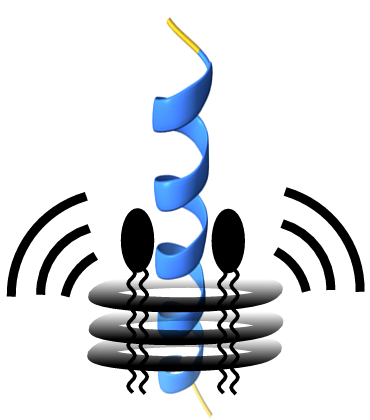
Limiting the cell toxicity of antimicrobial peptides through NMR spectroscopy
Antimicrobial resistance (AMR) is a global threat that has been thoroughly documented by WHO, EPHA, OECD and the CDC. Although the response to this threat needs to be...
NEWS

Ingegerd Wirehed Appointed new Head of the Hanseatic Science Cloud
In August 2024 Ingegerd Wirehed is taking over from Anders Sjöström as the new head of the Hanseatic Science Cloud (HSC). With over 25 years of experience in digital, security, and senior leadership roles across global telecommunications, retail, banking and pharmaceutical sectors, Wirehed brings a wealth of expertise to the role.
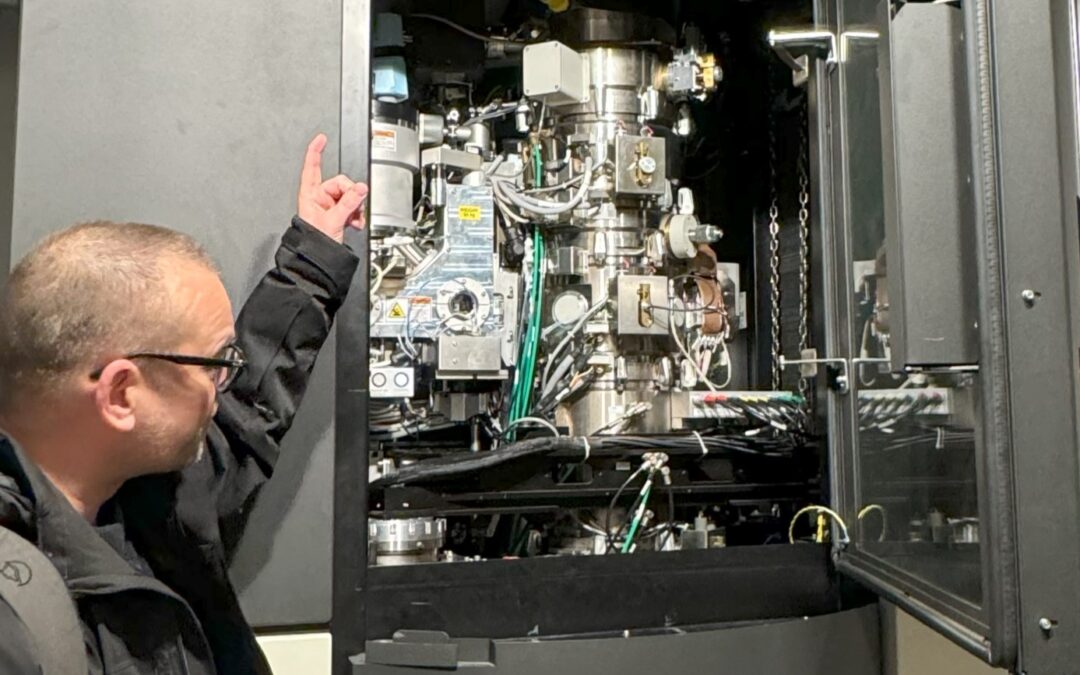
Cryo-EM is a popular technique in HALRIC pilot projects
Striking advances in cryo-EM techniques have been made in the last decade and the accompanying resolution revolution has made it the primary method in structural biology for high resolution studies of proteins, cells and tissue. CryoEM is increasingly used in the drug discovery journey in both academia and industry.
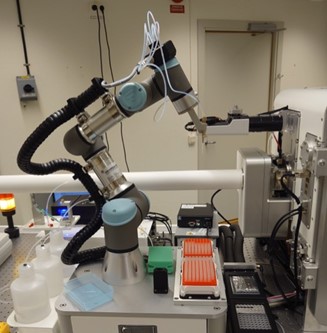
BioSAXS and LU-Fold Facilities at Lund University Open Doors for Collaborative Research
The state-of-the-art facilities at Lund University provide unique resources and expertise to advance research in Life Sciences and material science. BioSAXS and LU-Fold were inaugurated in 2023 and are open to foster collaborative projects and advance scientific discovery through cutting-edge technology and expertise.

